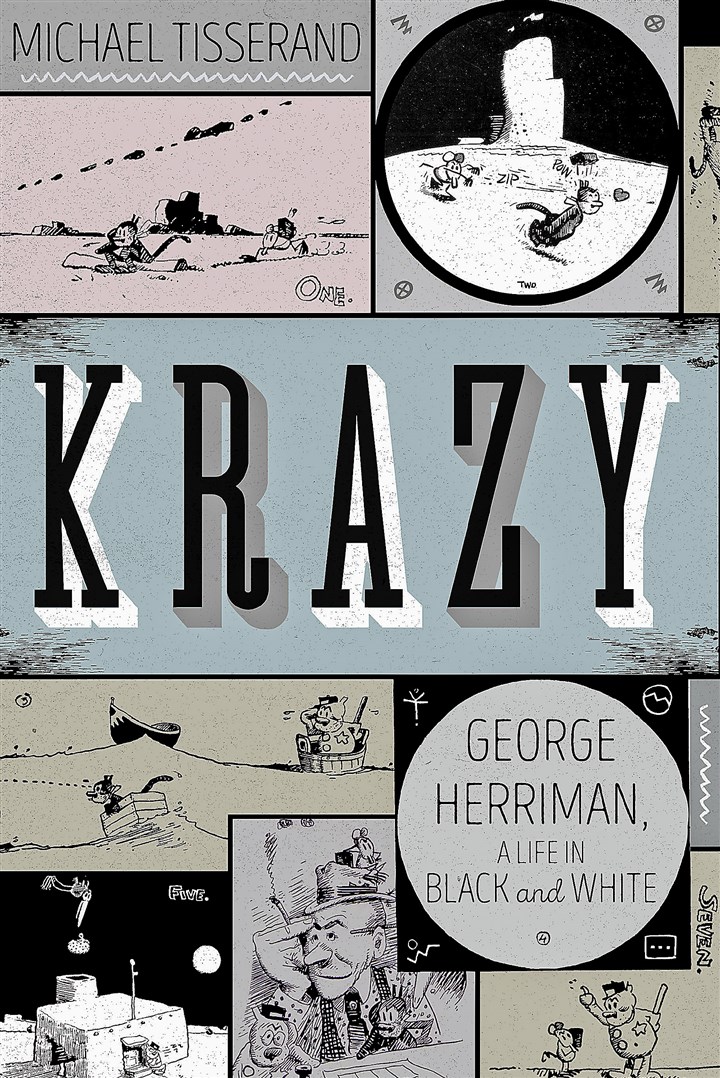Op-Ed: When the Nazis wrote the Nuremberg laws, they looked to racist American statutesPosted in Articles, Europe, History, Law, Media Archive, United States on 2017-03-14 23:04Z by Steven |
Op-Ed: When the Nazis wrote the Nuremberg laws, they looked to racist American statutes
The Los Angeles Times
2017-02-22
James Q. Whitman, Ford Foundation Professor of Comparative and Foreign Law
Yale Law School
James Q. Whitman is a professor of comparative and foreign law at Yale Law School. He is the author of “Hitler’s American Model: The United States and the Making of Nazi Race Law”
The European far right sees much to admire in the United States, with political leaders such as Marine le Pen of France and Geert Wilders of the Netherlands celebrating events — such as the recent presidential election — that seem to bode well for their brand of ethno-nationalism. Is this cross-Atlantic bond unprecedented? A sharp break with the past? If it seems so, that’s only because we rarely acknowledge America’s place in the extremist vanguard — its history as a model, even, for the very worst European excesses.
In the late 1920s, Adolf Hitler declared in “Mein Kampf” that America was the “one state” making progress toward the creation of a healthy race-based order. He had in mind U.S. immigration law, which featured a quota system designed, as Nazi lawyers observed, to preserve the dominance of “Nordic” blood in the United States.
The American commitment to putting race at the center of immigration policy reached back to the Naturalization Act of 1790, which opened citizenship to “any alien, being a free white person.” But immigration was only part of what made the U.S. a world leader in racist law in the age of Hitler.
Then as now, the U.S. was the home of a uniquely bold and creative legal culture, and it was harnessed in the service of white supremacy. Legislators crafted anti-miscegenation statutes in 30 states, some of which threatened severe criminal punishment for interracial marriage. And they developed American racial classifications, some of which deemed any person with even “one drop” of black blood to belong to the disfavored race. Widely denied the right to vote through clever devices like literacy tests, blacks were de facto second-class citizens. American lawyers also invented new forms of de jure second-class citizenship for Filipinos, Puerto Ricans and more…
Read the entire article here.





